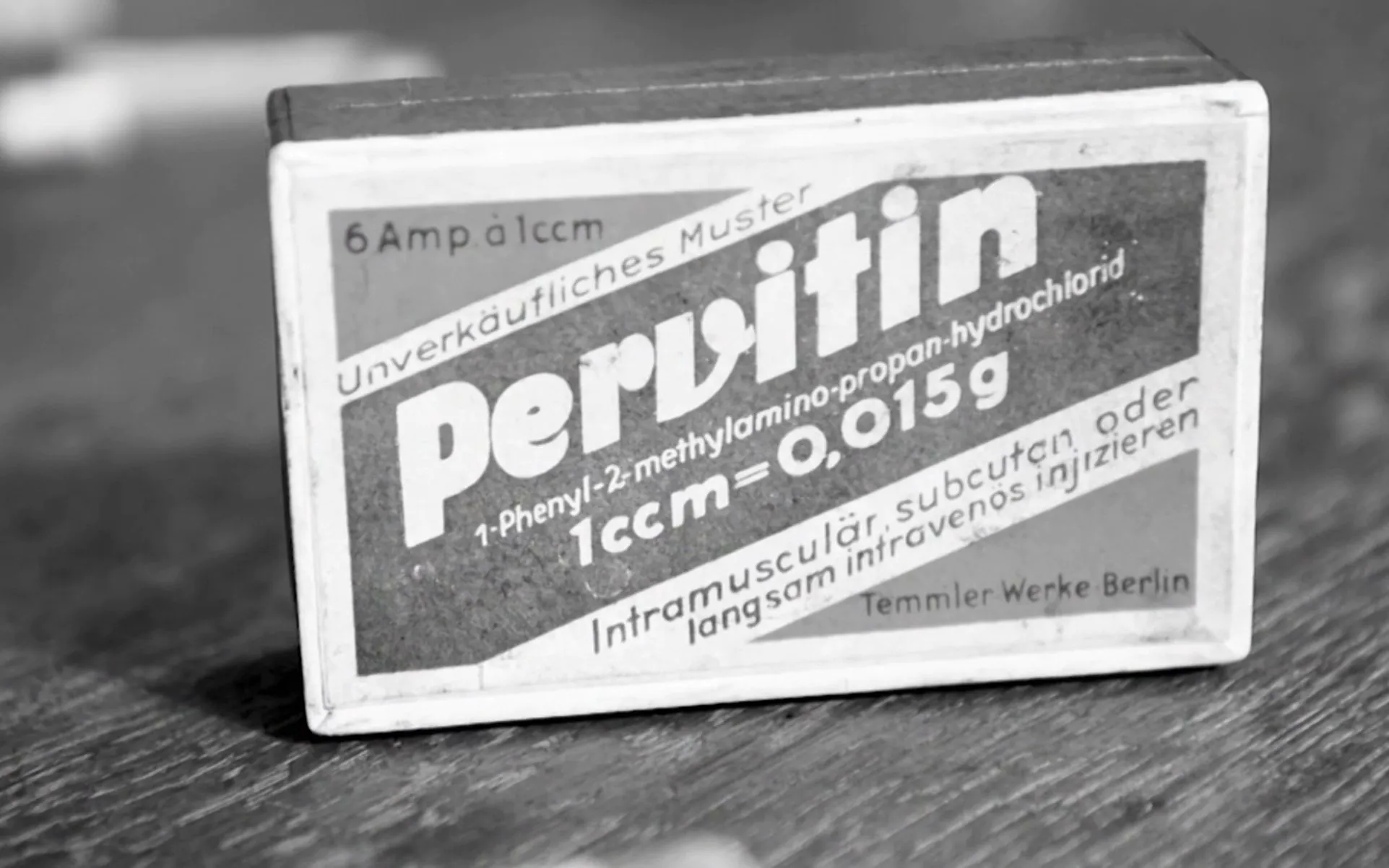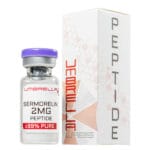In the heart of World War II, a different kind of weapon emerged from the fog of war. Soldiers, desperate to stay awake, alert, and focused amidst the chaos, turned to a surprising source of energy: methamphetamine. Known as Pervitin in Germany, this drug, now recognized as highly addictive and dangerous, was seen as a potential key to victory. Join us as we delve into the history of methamphetamine use during World War II, exploring its effects and the lasting impact it had on both the soldiers who used it and our understanding of addiction.
Methamphetamine Use in World War II
The use of methamphetamine during World War II, particularly by the German army, is a chilling example of the lengths to which nations would go to secure victory. Under immense pressure and facing unimaginable conditions, soldiers on both sides of the conflict sought ways to push beyond their limits. Methamphetamine, then viewed quite differently than it is today, offered a seemingly simple solution.
In the early stages of the war, the German army’s use of Pervitin was widespread. The drug’s effects, which included increased alertness, reduced fatigue, and heightened focus, likely contributed to their early victories. Soldiers could suddenly endure days without sleep, march incredible distances, and engage in combat with ferocious energy.
It wasn’t just the Germans who turned to stimulants. Allied forces, recognizing the need to match the endurance of their enemies, also employed amphetamines, such as Benzedrine, to keep their troops going. The brutal realities of war, with its relentless demands and psychological strain, pushed many soldiers towards these performance-enhancing substances.
As the war ended, the use of methamphetamine, unfortunately, did not disappear. Instead, it spilled over into civilian life. People who had become accustomed to the drug’s effects during the war sought it out as a means of coping with the challenges of post-war life. It was used to combat depression, suppress appetites, and boost energy levels, masking the underlying problems.
Over time, the dark side of methamphetamine became impossible to ignore. Its highly addictive nature and devastating side effects became increasingly evident. Governments around the world began to recognize the serious health risks posed by the drug and implemented laws to restrict its use. Efforts were made to control its distribution and prevent abuse, but the damage was done.
The legacy of methamphetamine use during World War II is complex and multifaceted. It offers a glimpse into the extreme conditions soldiers faced and the desperate measures taken to endure them. The widespread use of this potent stimulant also raises profound ethical questions about the use of performance-enhancing drugs in warfare and the long-term consequences for the individuals who rely on them.
What is Pervitin in English?
The word “Pervitin” might sound like something out of a science fiction novel, but in reality, it was the brand name for a drug we know today as methamphetamine. More commonly recognized by its street name, crystal meth, Pervitin was a pharmaceutical-grade methamphetamine hydrochloride, manufactured and distributed by the German pharmaceutical company Temmler.
During World War II, Pervitin was widely available to German soldiers, often distributed as part of their rations. Imagine being a young soldier in the midst of a terrifying and exhausting war. Pervitin offered a way to push through the fear, fatigue, and pain, making it seem like a miracle drug.
Soldiers reported feeling invincible, capable of fighting for days without rest, and experiencing a heightened sense of aggression. While this might sound appealing in the context of war, the reality was far more sinister. Pervitin, like other forms of methamphetamine, is incredibly addictive and carries with it a host of severe side effects.
Long-term use of Pervitin likely led to addiction, paranoia, hallucinations, and a range of physical health problems for many German soldiers. The drug’s ability to mask fatigue and pain meant that soldiers could push their bodies far beyond their limits, potentially causing lasting damage. The true cost of this so-called “wonder drug” became tragically clear in the years following the war.
What Drugs Were Used in Warfare?
The use of drugs to enhance performance in warfare is not a new phenomenon. Throughout history, soldiers have turned to substances to cope with the physical and psychological demands of combat. During World War II, the use of stimulants and other drugs became surprisingly commonplace.
Methamphetamine, under the brand name Pervitin, was widely distributed among German soldiers. It provided them with intense bursts of energy, increased alertness, and reduced sensitivity to pain and fatigue, allowing them to fight for extended periods and endure harsh conditions. However, the long-term consequences of Pervitin use included addiction, paranoia, hallucinations, and a range of physical health problems.
Allied forces also utilized stimulants, albeit to a lesser extent than their German counterparts. Amphetamines, such as Benzedrine, were given to soldiers to combat fatigue, increase alertness, and improve focus during long missions and battles. While not as potent as methamphetamine, amphetamines still carried risks of addiction and other health complications.
The use of drugs in World War II, while seemingly effective in the short term, raises significant ethical questions about the lengths to which nations will go to achieve victory. The potential for addiction, long-term health problems, and the erosion of moral boundaries cannot be ignored.
The experiences of soldiers during World War II serve as a cautionary tale, highlighting the complex interplay between warfare, drug use, and the ethical dilemmas that arise when attempting to enhance human performance in such extreme circumstances.
Did Germany Try to Make Super Soldiers?
The idea of “super soldiers” might evoke images of comic book heroes, but during World War II, Nazi Germany’s pursuit of enhanced military capabilities led them down a dark path – the widespread use of methamphetamine. While they weren’t injecting soldiers with fantastical serums, the distribution of Pervitin to their troops was a calculated attempt to create soldiers who could fight harder, longer, and with less regard for their own well-being.
Pervitin was not a secret experiment; it was widely available to German soldiers, almost like a standard part of their rations. The drug’s effects – increased alertness, reduced fatigue, heightened aggression – seemed to offer a simple solution to the challenges of modern warfare.
Historians believe that Pervitin played a significant role in the German army’s early victories. The rapid advance through Poland and France in the early stages of the war, often attributed to the Wehrmacht’s superior tactics and equipment, may have also been fueled by the widespread use of this powerful stimulant.
However, Pervitin’s effects were fleeting, while the consequences were lasting and devastating. As the war progressed, the downsides of methamphetamine use became impossible to ignore. Addiction became rampant, and soldiers suffered from paranoia, hallucinations, and a host of physical ailments.
The use of Pervitin during World War II raises disturbing questions about the true cost of victory. Was the temporary advantage gained worth the long-term damage inflicted upon the soldiers who were encouraged to use this drug? The answer, for many historians and medical experts, is a resounding no.
What is Pervitin Made of?
The exact recipe for Pervitin, while not a complete mystery, remains a subject of ongoing research. We know that its primary ingredient was methamphetamine hydrochloride, the chemical compound that gives methamphetamine its potent stimulant effects. However, the specific manufacturing processes and additional ingredients used by Temmler, the pharmaceutical company responsible for its production, are still being investigated.
Researchers believe that the recipe for Pervitin may have varied over time. The availability of certain chemicals likely fluctuated during the war, potentially leading to variations in the drug’s composition and potency. Imagine the risks associated with inconsistent manufacturing processes and the lack of stringent quality control – a chilling thought given the drug’s powerful effects.
The fact that Pervitin was manufactured in a lab, patented, and given a brand name adds another layer of complexity to its history. It was marketed not as a dangerous and addictive stimulant but as a modern marvel of medicine, capable of enhancing energy, focus, and mood. This seemingly legitimate facade likely contributed to its widespread acceptance and use, masking its true nature.
Unearthing the full story of Pervitin’s ingredients and production processes is crucial to understanding its effects on soldiers during World War II. It’s a stark reminder that even in the darkest chapters of history, science, however twisted, played a significant role.
What Drug Did They Give Soldiers in WW2?
The use of performance-enhancing drugs in World War II was not limited to the German army. While Pervitin was widely distributed among their troops, Allied forces also recognized the need to combat fatigue and enhance alertness in their soldiers. They turned to a range of stimulants, most notably amphetamines, to achieve these goals.
Benzedrine, an amphetamine, became a common sight in the kits of Allied soldiers. It provided a boost of energy, increased focus, and helped to ward off fatigue, allowing soldiers to stay awake and alert for extended periods. While not as potent or as widely abused as Pervitin, Benzedrine still carried risks of addiction and other health problems.
The use of stimulants by both sides during World War II highlights the immense pressure placed upon soldiers to perform at their peak, even under the most extreme conditions. The desire for an edge in battle, coupled with the need to counteract fatigue and maintain focus, led to the widespread acceptance of these drugs, despite their known and unknown risks.
It’s important to remember that the use of these drugs was not always a matter of personal choice. Soldiers were often ordered to take stimulants, and the long-term consequences of doing so were not fully understood at the time. The ethical implications of using drugs to enhance military performance continue to be debated today, as we grapple with the legacy of these practices and their impact on the soldiers who were subjected to them.
Who Manufactured Pervitin?
The company behind the production and distribution of Pervitin, the methamphetamine that fueled the German war machine, was Temmler Pharmaceutical, a German pharmaceutical company. Founded in 1917, Temmler initially gained recognition for its production of cough syrups and painkillers. However, the company’s trajectory took a dark turn with the rise of the Nazi regime.
Under pressure from the Nazi government, Temmler shifted its focus to the production of Pervitin, which was seen as a way to enhance the performance of German soldiers. The drug was marketed not as a dangerous and addictive stimulant but as a modern medical marvel, capable of boosting energy, improving mood, and increasing alertness.
Temmler’s production and distribution of Pervitin played a significant role in the drug’s widespread use among German troops. The company’s complicity with the Nazi regime, combined with its aggressive marketing tactics, helped to normalize the use of methamphetamine within the German military, with devastating consequences for many soldiers.
After World War II, Temmler Pharmaceutical faced scrutiny for its role in the production and distribution of Pervitin. The company was eventually dissolved, but its legacy serves as a reminder of the ethical complexities surrounding the pharmaceutical industry, particularly in times of war.
Uncover the hidden history of ADHD treatments and gain insights into the evolution of desoxyn desoxyn familiarly as a household name in the world of ADHD management.
- Unlocking 2-Letter Words with U: The Definitive Guide - April 4, 2025
- Unlock Words with the Letters THREE: Top Unscramble Tools 2025 - April 4, 2025
- Master Scrabble: X & Z Words for High Scores - April 4, 2025
















